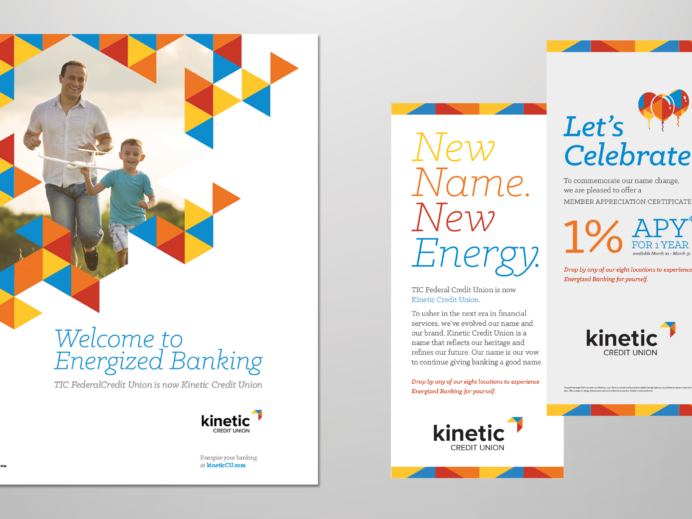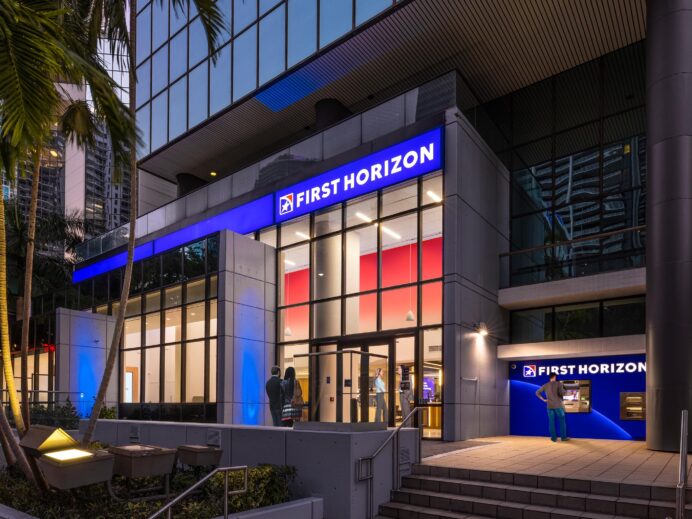
When we think about artificial intelligence (AI), over-the-top Hollywood images of humanlike robots colonize our craniums.
Whether it’s Bladerunner assigned to assassinate “replicants” because they’ve gone beyond their charter or Ex-Machina’s Ava who could be a kindly, beautiful humanoid or a devious device, images of robots taking over the world are part of pop culture’s fascination with man meeting machine. However, in the real world, AI is both full of promise and a dash of peril, but not the “danger, danger Will Robinson” kind. AI is neither robots taking over the world nor a silver bullet. So what is AI and what can it do for brands? Should all brands be considering the use of AI to deliver experiences? Like most things in life, it’s not a binary code of either/or.
Automation versus AI
Automation has become a fact of life in modern-day America. Since the 1970s, companies have been automating everything from assembly lines to customer-service tasks. In marketing, automation has been used to free up people from the routine tasks they perform every day enabling them to concentrate on more creative pursuits. Whether it’s Buffer to schedule social posts or MailChimp to systemize email communications, automation helps businesses make more efficient use of time, talent and technology. As our own Chris Howe says, “Industry disruptors, like Uber, are leveraging technology to automate the predictable aspects of their business and delivering a seamlessly integrated experience that traverse from one channel to the next.”
AI or machine learning is not automation, but it is part of it. In the early days of automation, the same task was performed over and over again, with no deviation. In fact, one out-of-place variable, and the whole machine process broke down. Today, the most successful automation efforts embrace computer or machine learning. What this means is computers take past experiences or data and apply them to a series of situations via algorithms. The result is processes that get better and better. These computers are programmed to replicate the progression of “thinking” – learning from mistakes and building on successes, resulting in enhancement of the overall operation of the system, whether it’s cars, online shopping or digital music like Spotify. We’ve even brought AI into our homes with Alexa.
Predictive, Customized Experiences
As consumers worldwide tried to make sense of literally millions of data points, Google answered with more and more refined results in their search engine. Amazon personalized its consumer interactions with a smart algorithm that marries keywords to a customer’s purchasing data, making for a streamlined online shopping experience that gets better each time you click and scroll with suggestions that are actually helpful. While privacy concerns have remained a flashpoint, consumer adoption proves that we would gladly give away some of our privacy for the convenience of customization. That’s why it’s estimated that there will be 67 million voice-assisted devices in homes across the U.S. by 2019. We may be welcoming AI into our homes, but as this SNL video points out, we don’t all experience life the same.



